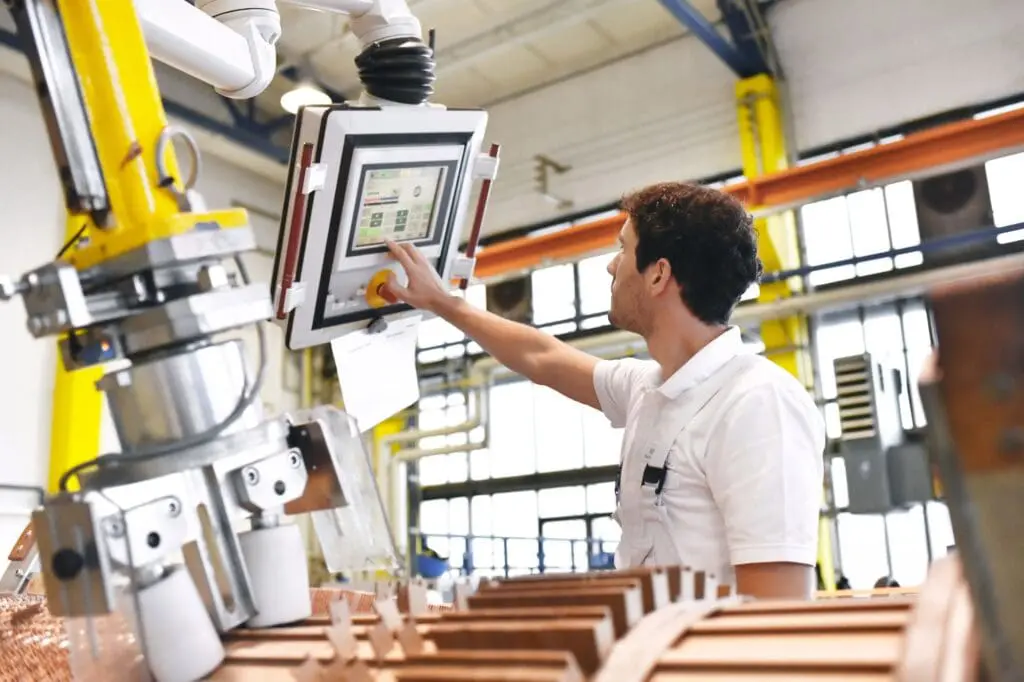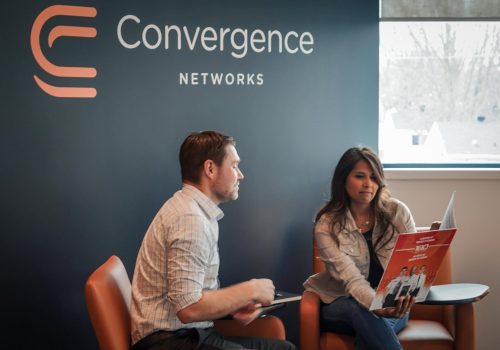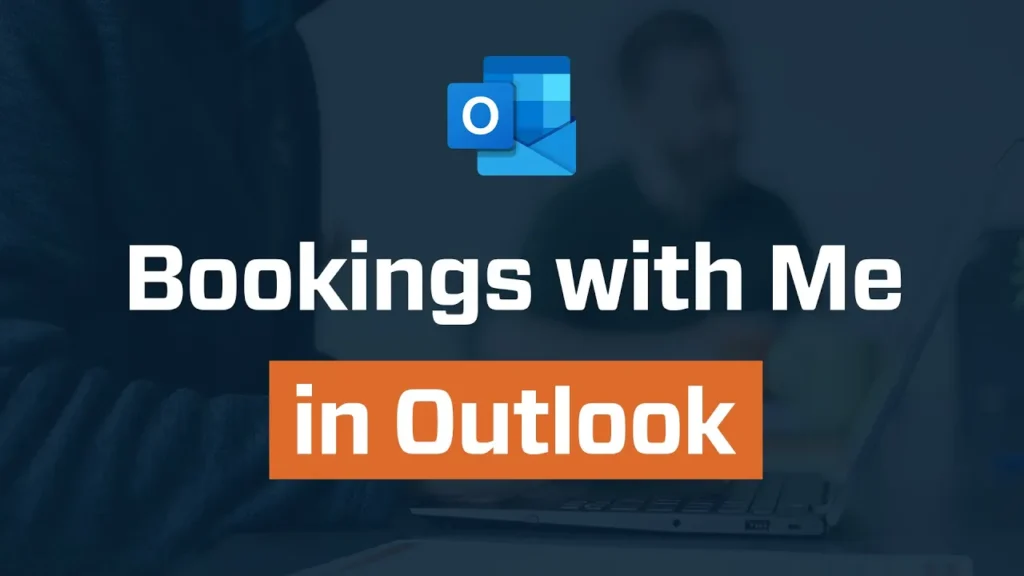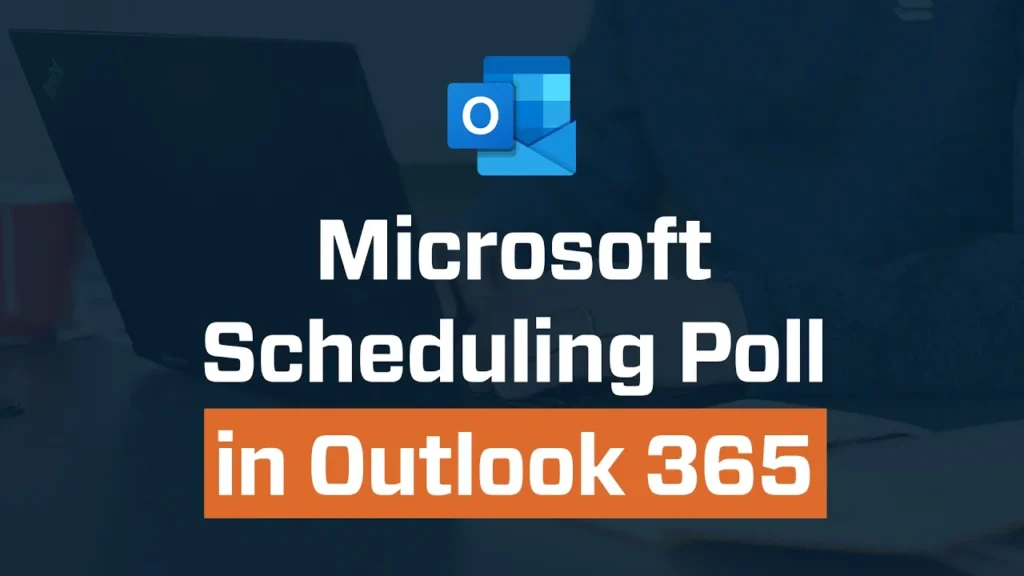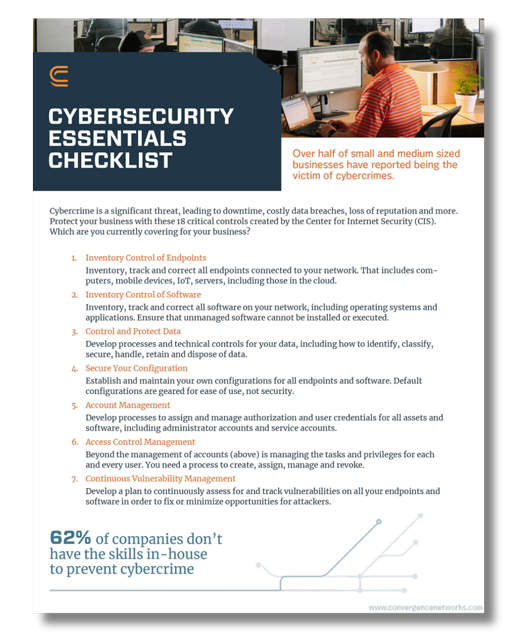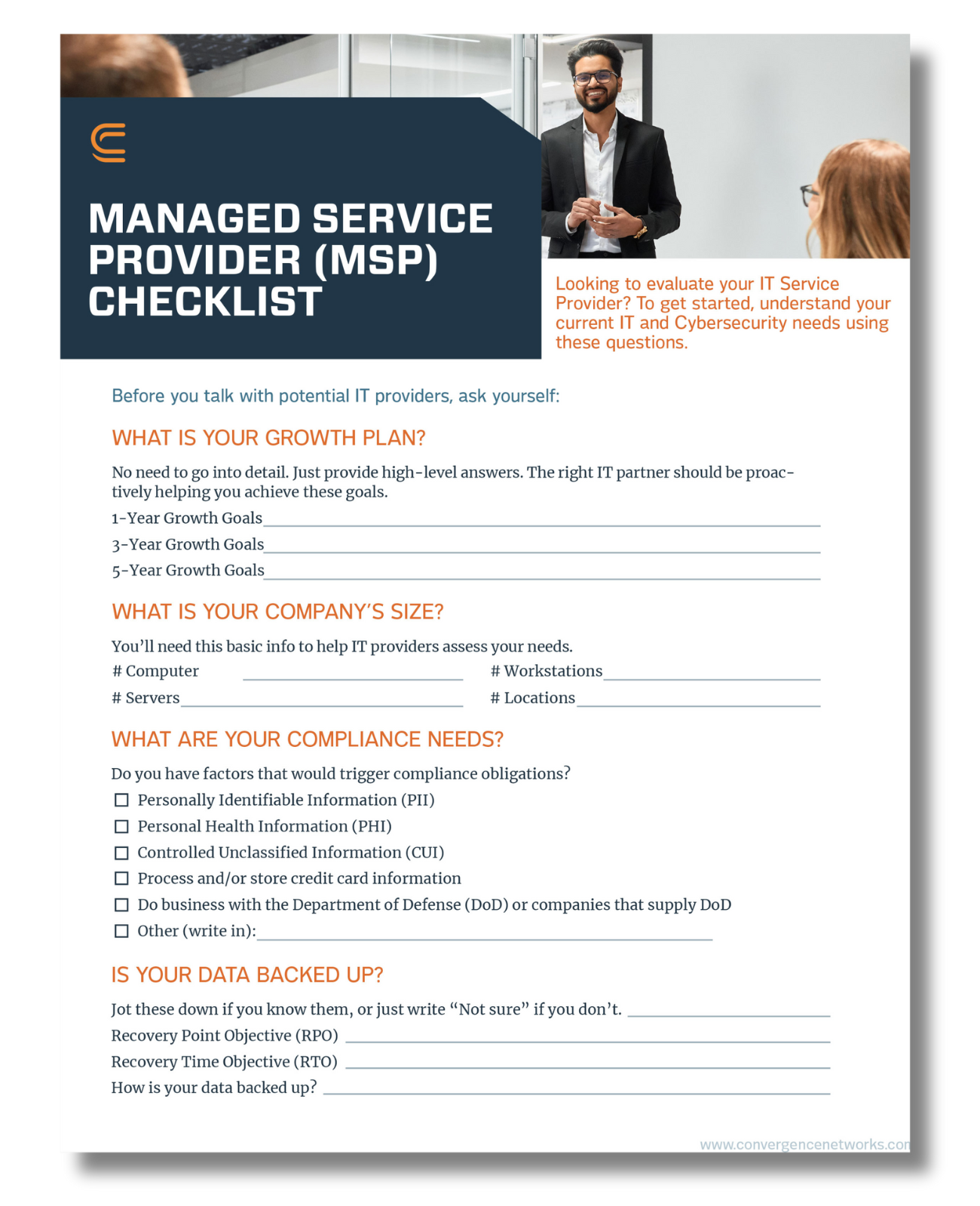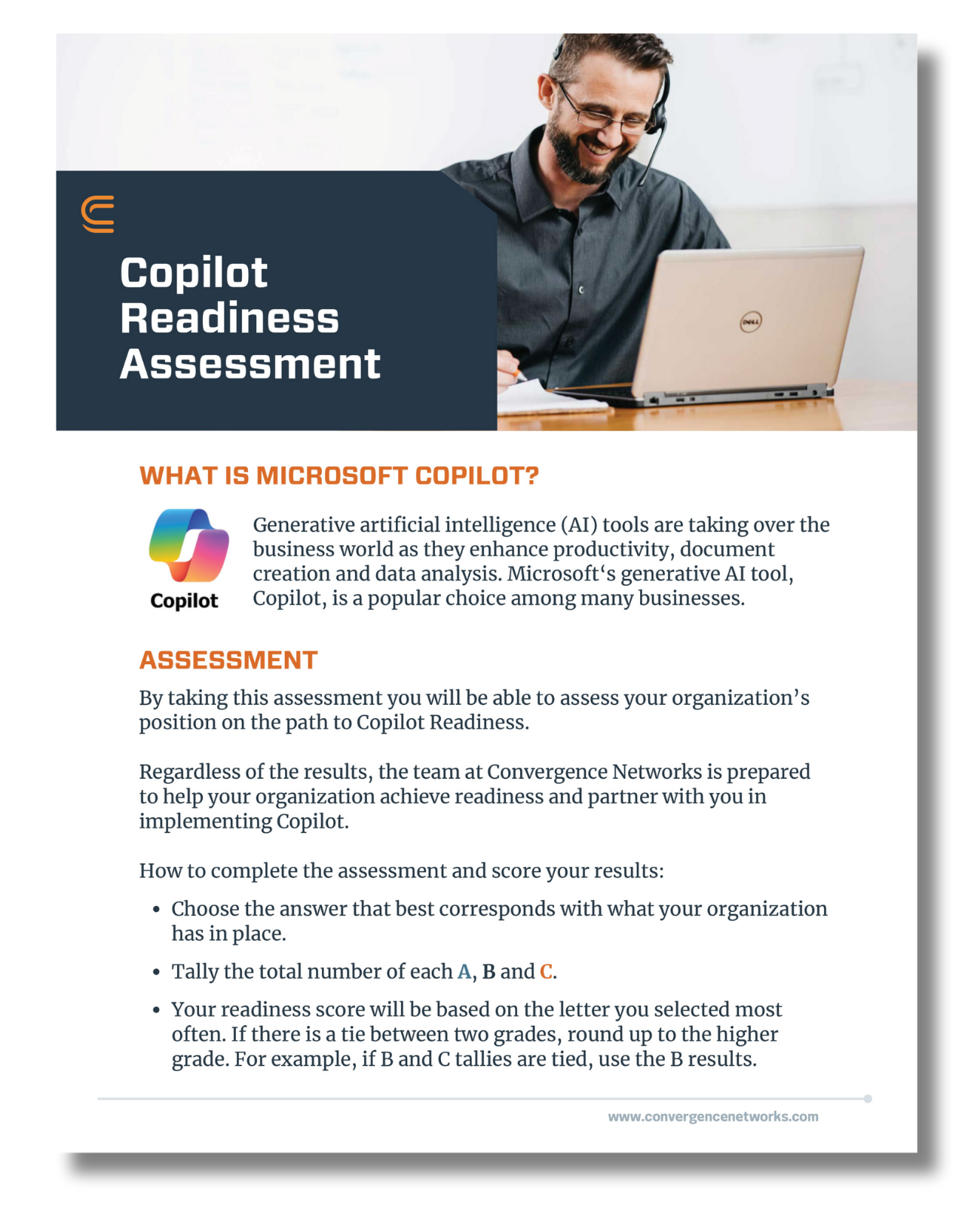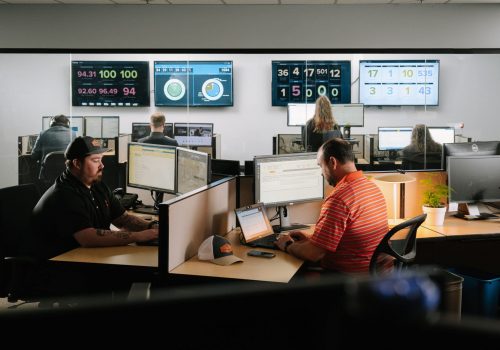If you’re in manufacturing, you know the pressure: complex operations, growing cybersecurity threats, and the constant demand to stay agile. By upgrading your technology infrastructure, you can meet today’s challenges and future-proof your operations. Let’s explore how manufacturers are turning IT modernization into measurable digital transformation ROI and long-term growth.
Why IT Modernization Matters for Manufacturing
Streamlining Operations and Reducing Costs
Modernized IT systems power smarter, more automated manufacturing processes. Predictive maintenance minimizes equipment downtime, while integrated ERP systems streamline workflows and cut down on manual errors. Automation frees up skilled workers to focus on higher-value tasks, increasing overall productivity.
These improvements translate directly into cost savings and operational efficiency.
Strengthening Resilience Against Disruptions
The manufacturing sector faces constant disruption risks, from supply chain breakdowns to cyberattacks. Robust IT infrastructure, designed with security at its core, shields operations from these threats. Real-time monitoring, proactive threat detection, and secure backups reduce the risk of extended downtime or data loss.
Resilient systems benefit the bottom line by keeping production lines moving and customer commitments intact, even under pressure.
Fueling Business Growth and Innovation
Advanced analytics and machine learning become accessible through IT modernization, providing deeper insights into production trends and customer preferences. With faster data-driven decisions, manufacturers can hone their competitive edge by adapting to changes in demand, launching new products, and seizing market advantages they might have missed before.
Four Pillars of IT Modernization in Manufacturing
Embedding Security at Every Level
Cybersecurity forms the backbone of every system upgrade, ensuring data integrity and customer trust from cloud adoption to AI integration. Zero-trust frameworks, encryption and continuous monitoring protect data integrity and customer trust. At Convergence Networks, we prioritize a security-first mindset, ensuring technology solutions meet the highest standards for data protection and compliance.
Supporting a Modern, Flexible Workforce
Modernized IT systems create a connected work environment that supports hybrid teams and secure remote operations. Workers on the shop floor and in offices stay productive and engaged with digital collaboration tools, automated workflows, and secure mobile access. Together, these improvements add to operational efficiency and make it easier to retain talent.
Applying Responsible and Practical AI Solutions
AI technologies have clear potential in manufacturing, from optimizing supply chains to enhancing quality control. However, effective AI adoption depends on a strong foundation of data governance, clear policies for ethical usage, and seamless integration with existing systems. Smart innovation improves business performance while protecting data and maintaining compliance.
Building Trusted, Long-Term Partnerships
IT modernization is a journey, not a one-off project. Manufacturers need partners who stay engaged beyond deployment. Convergence Networks works alongside clients to understand their unique challenges, provide tailored solutions, and offer ongoing support. This collaborative approach ensures that technology investments deliver lasting value and continued success.
The Measurable ROI of IT Modernization
Unlocking Digital Transformation ROI
Investments in modern IT deliver clear, measurable returns. With automation and predictive analytics, manufacturers can reduce operational costs and improve resource utilization. Scalable cloud platforms support business growth without heavy infrastructure expenses. Secure systems help prevent breaches, regulatory fines, and operational disruptions, safeguarding revenue and reputation.
Examples of digital transformation ROI include:
- Lowered operational costs with predictive analytics and streamlined processes
- Faster time-to-market with integrated, agile systems
- Reduced risk of cyber incidents through proactive security measures
Enhancing Risk Management and Compliance
Modern IT systems make regulatory compliance simpler with built-in controls, audit trails, and real-time reporting. These capabilities help manufacturers meet industry standards and customer requirements while reducing the administrative burden on internal teams. With proactive compliance, you can reduce risk while also safeguarding business reputation and customer confidence.
Enabling Sustainable, Future-Ready Growth
Manufacturers that embrace IT modernization position themselves to respond to market changes with agility and confidence. Modern systems provide a solid foundation for scaling operations, adopting emerging technologies, and maintaining competitiveness. These capabilities drive long-term value for stakeholders and strengthen the organization’s market position.
Practical Steps to Get Started
The journey to IT modernization doesn’t have to be overwhelming. Start by assessing your current technology maturity and identifying areas of vulnerability or inefficiency, such as legacy systems or unsecured remote access points. Focus on priority areas that offer the most immediate gains, such as enhancing cybersecurity or introducing automation.
Convergence Networks provides expert guidance to help manufacturers assess risks, prioritize investments, and implement modernization strategies with confidence and clarity.
The Time to Modernize Is Now
Manufacturers today need resilience, adaptability, and efficiency. IT modernization delivers on all fronts, offering measurable returns on investment through improved operational performance, enhanced security, and greater business agility.

